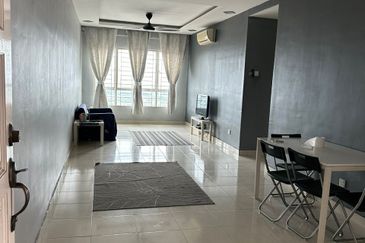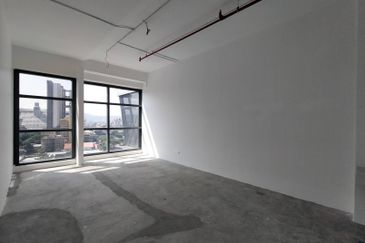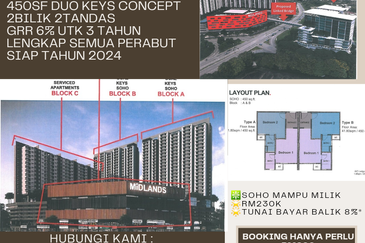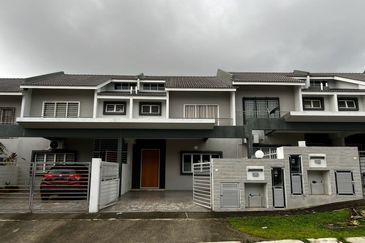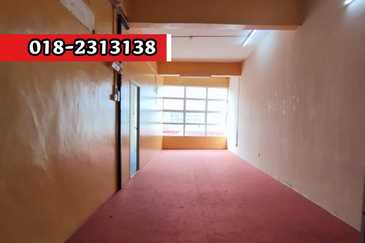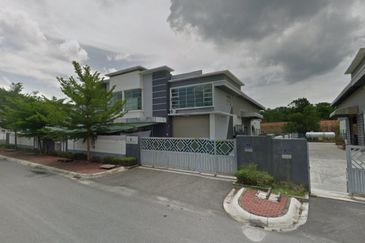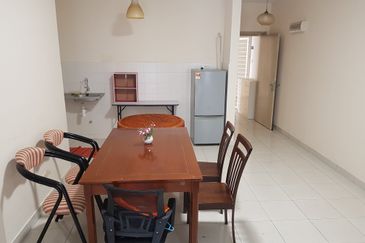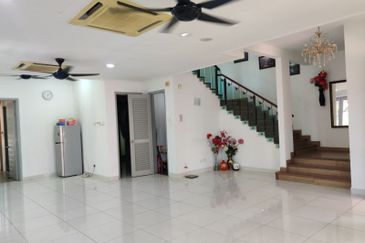
After eight years of living in his condominium, Hisham was suddenly informed that he had to pay a sinking fund contribution. But the contribution was supposed to come from the maintenance fees that he had been paying promptly, and now Hisham is confused. His condominium developer collected sinking fund contributions, but the swimming pool, gymnasium, security system and common areas remained in a neglected state of disrepair.
Another group of buyers were upset that the sinking fund was used to offset “current liabilities” by their Joint Management Body (JMB). John Cheah tells us that his sinking fund is “zero”, his Management Corporation (MC) having utilised it for purposes he is not aware of. Yet another group of owners complained that their developer allegedly passed the sinking fund to a now defunct managing agent.
The name “sinking fund” is not meant to be taken literally, but in some stratified developments, there are sinking funds that have sunk and totally disappeared.
Current legislations
Housing Development (Control & Licensing) Regulations, 1989 (amended 2015)
Under Schedule H and Schedule J: Sale & Purchase Agreement (since June 1, 2015) of the HD Regulations, Clause 19:
1. From the date the Purchaser takes vacant possession of the said Parcel, the Purchaser shall pay to the Developer the charges, and the contribution to the sinking fund for the maintenance and management of the building or land intended for subdivision into parcels and the common property in accordance with the Strata Management Act, 2013
2. The Purchaser shall pay the charges, and the contribution to the sinking fund for the first four (4) months in advance and any payment thereafter shall be payable monthly in advance.
Strata Management Act, 2013 (Act 757) and permitted uses of the Sinking Fund
Section 11(1): A developer shall open one sinking fund account in respect of each development area with a bank or financial institution –
a. if vacant possession of a parcel was delivered before the commencement of this Act, on the date of commencement of this Act (i.e. June 1st, 2015) or
b. if vacant possession of a parcel is delivered after the commencement of this Act, at any time before the delivery of vacant possession, but in any case, before the contribution to the sinking fund is collected from the purchaser of any parcel in the development area.
Section 11(4)
Notwithstanding any other written law to the contrary, all moneys in the sinking fund account shall –
a. not form part of the property of the developer;
b. be held in trust for the purchasers; and
c. be used by the developer solely for the purpose of meeting the actual or expected capital expenditure necessary in respect of the following matters:
i. the painting or repainting of any part of the common property;
ii. the acquisition of any moveable property for use in relation to the common property; or
iii. the renewal or replacement of any fixture or fitting comprised in any common property
After the JMB is formed and has inherited from the developer, Section 24(2) applies, which stipulates the same three limitations as above with an additional two:
i. the upgrading and refurbishment of the common property; or
ii. any other capital expenditure as the JMB deems necessary
The same five permitted uses will apply when the MC is established, stipulated under Section 51(2), with an additional clause allowing for the renewal or replacement of any moveable property vested in the MC.

The justification
The sinking fund contribution is separate and shall be equivalent to 10% of the Charges (i.e. general maintenance charges) under the management period by the developer or equivalent to at least 10% of the Charges under the JMB or MC management period.
The Sinking Fund Account is a mandatory account to be opened and maintained by a developer, JMB or MC. It is a provision for a capital expenditure fund to meet all actual or expected capital expenses in the common property such as the facade, water filter systems, water tanks and pumps, building surveillance system, gymnasium equipment, etc.
Major items will deteriorate through wear and tear, and need replacement to maintain or enhance property market value. Hence the importance of the sinking fund.
Sinking fund contributions are not to be confused with the Charges meant for general maintenance and management of common property.
Monthly maintenance charges can be likened to regular maintenance costs for your car, such as car washes and regular servicing in which the spark plug or engine oil is changed, whereas the sinking fund is for capital expenditures like changing the carburetor or repainting your car.
The shortcomings of present regulations
Unfortunately, the present legislation does not provide sufficient transparency and accountability of the sinking fund. Where the laws are unclear, additional by-laws could be formulated. HBA believes that we must be guided by the law’s intent and pursue equity and fairness with a sinking fund that is transparent and accountable to its contributors and entrusted to stakeholders.
Developers, JMBs and MCs should begin by having regular meetings to communicate with owners. For example, when repainting works are required, open tenders should be invited and owners should be consulted for their consent via an extraordinary general meeting.
For good corporate governance and transparency, the Joint Managing Committee or Management Committee should form a procurement and tender committee that is independent of the office bearers. At least three tenders must be submitted; comparisons must be made to ensure the most suitable contractor is selected for the job with regards to experience, competency, track record, product specification, product quality, manpower, completion period, liquidated and ascertained damages (LAD) and warranty period. There should be no room for favouritism, cronyism and persons having vested interests. Corruption should be eradicated at all costs, or there will forever be a stigma of mistrust amongst fellow owners.
Determining the rate
During the developer’s management period, the sinking fund contribution amount is easy to determine, as the law provides that it is equivalent to 10% of the Charges.
After the developer’s management period, the law provides that the JMB or MC shall determine its sinking fund contribution, that shall be equivalent to at least 10% of the Charges. Thus, the sinking fund contribution may be at a higher rate, anywhere from 15% to 30% of the Charges depending on the type of building and the common property therein.
In a nutshell, the sinking fund contribution amount is computed from the amortisation of the estimated periodic building repainting cost and estimated replacement costs of all major building parts and components over their lifespans with inflation factors taken into account.
As the above computation of sinking fund contributions would be difficult for a layman to establish, it is best that the JMB or MC seek the expertise of registered property managers.
Misappropriations
The Sinking Fund Account is in fact a trust fund and the trustee should provide owners with a copy of the audited annual account every year. Such funds not used for a reasonable period of time should be placed in an interest-bearing account. Stakeholders who unilaterally dig into the fund without proper authorisation should be held responsible and accountable. Misappropriation of the fund is tantamount to criminal breach of trust and is punishable by imprisonment.
Datuk Chang Kim Loong is the Hon. Secretary-General of the National House Buyers Association (HBA).
HBA can be contacted at: Email: [email protected]
Website: www.hba.org.my
Tel: +6012 334 5676
This story first appeared in the EdgeProp.my pullout on Jan 10, 2020. You can access back issues here.
TOP PICKS BY EDGEPROP

De Cendana Apartment
Setia Alam/Alam Nusantara, Selangor

Bandar Baru Sri Petaling
Bandar Baru Sri Petaling, Kuala Lumpur

